Employment Population Ratio Definition
The employment-population ratio is calculated as. The employment-to-population ratio measures the number of workers currently employed against the total working-age population of a region.

Department Of Statistics Malaysia Official Portal
Unlike the Unemployment Rate this accounts for those who have stopped looking for work.
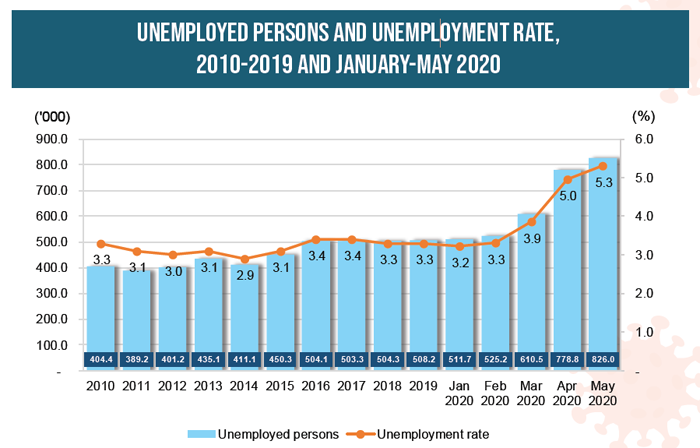
Employment population ratio definition. The employment-to-population ratio is defined as the proportion of a countrys working-age population that is employed. The employment-population ratio represents the number of employed people as a percentage of the civilian noninstitutional population. The international labour organization States that a person is considered employed if they worked at least 1 hour in gainful.
It is a statistical ratio which measures the countrys share of the working age employed population. A high ratio means that a large proportion of a countrys population is employed while a low ratio means that a large share of the popu lation is not involved directly in market-related activities because they are either unemployed or more likely out of the labour force altogether. The employment-to-population ratio is defined as the proportion of a countrys working-age population that is employed.
Employment rates are defined as a measure of the extent to which available labour resources people available to work are being used. As an indicator the employment-to-population ratio provides information on the ability of an economy to create jobs. The employment-to-population ratio is defined as the proportion of an economys working-age population that is employed.
Employment-population ratio Current Population Survey The proportion of the civilian noninstitutional population aged 16 years and over that is employed. The employment-to-population ratio is defined as the proportion of a countrys working-age population that is employed. In other words it is the percentage of the population that is currently working.
So while the employment-to-population ratio measures overall employment in a population you cant just add up the figure with the. For many countries it ranks in importance with the unemployment rate. Employment rates are sensitive to the economic cycle but in the longer term they are significantly affected by.
What Is the Employment-to-Population Ratio. Employment to population ratio is the proportion of a countrys population that is employed. They are calculated as the ratio of the employed to the working age population.
According to the 2010 Survey on Economic Activities of Disabled Persons based on registered persons with disabilities aged 15 or older the employment-to-population ratio of persons with disabilities in Korea was at 360 percent and their unemployment rate was at 66 percent The national employment-to-population ratio and unemployment rates were at 600 percent and 32 percent respectively. The employment-to-population ratio also known as the employment-population ratio is. Understanding the Employment-to-Population Ratio.
The organization for economic cooperation and development defines the employment rate as employment. This includes people who have stopped looking for work. It doesnt include someone whos retired or a trust-fund jet setter you might not be technically employed but youre not actually unemployed at least according to the unemployment rate definition.
This indicator is expressed as a percentage. Compared with other measures of labor force participation the employment-to-population ratio is not as affected by seasonal variations or short-term fluctuations in the labor marketAs a result it is often considered to be a more reliable indicator of job shrinkage or growth than the unemployment rate. A high ratio means that a large proportion of a countrys population is employed while a low ratio means that a large share of the population is not involved directly in market-related activities because they are either.
The US Employment Population Ratio or Employment to Population Ratio is the percentage of the US working-age population age 16 that is employed. Employed Civilian Noninstitutional Population x 100.

Lost Generations Long Term Effects Of The Covid 19 Crisis On Job Losers And Labour Market Entrants And Options For Policy Wachter 2020 Fiscal Studies Wiley Online Library
The Declining Labor Force Participation Rate Causes Consequences And The Path Forward Equitable Growth

Participation Of Young People In Education And The Labour Market Statistics Explained
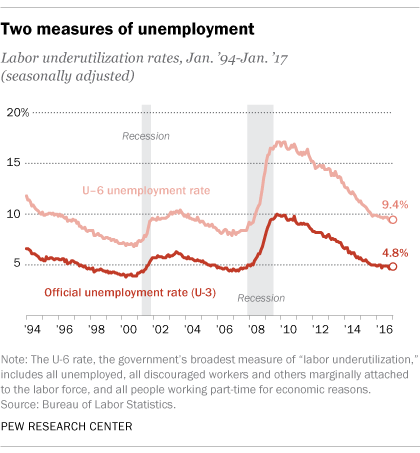
Going Beyond The Unemployment Rate Pew Research Center
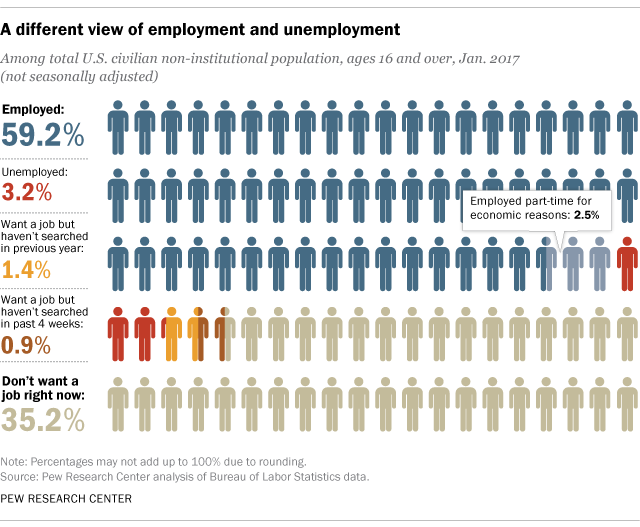
Going Beyond The Unemployment Rate Pew Research Center

Youth Unemployment Statistics Explained

Employment Situation In July 2020 Philippine Statistics Authority
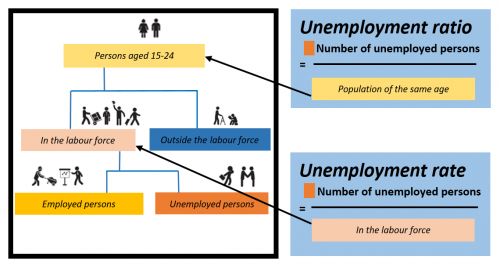
Youth Unemployment Statistics Explained
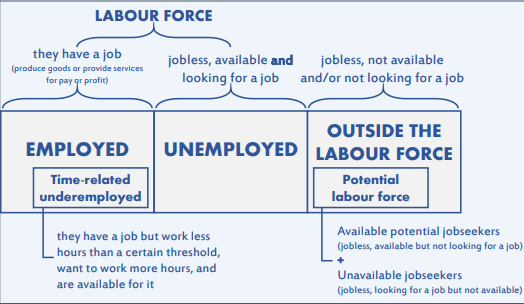
Persons Outside The Labour Force How Inactive Are They Really Ilostat

Forms Of Work And Labour Force Statistics Conceptual Frameworks Ilostat

Concepts And Definitions In Labour Statistics Ilostat
/dotdash_Final_Okuns_Law_Economic_Growth_and_Unemployment_Oct_2020-01-2e5dd7aa7c194e14a82707b84b00d1a3.jpg)
Okun S Law Economic Growth And Unemployment

Workers And Employment Types Workforce Economy Videos Examples

Concepts And Definitions In Labour Statistics Ilostat

Philippine Statistics Authority Republic Of The Philippines

Employment Rate In April 2019 Is Estimated At 94 9 Percent Philippine Statistics Authority

Department Of Statistics Malaysia Official Portal

Philippine Statistics Authority Republic Of The Philippines

Employment Situation In January 2021 Philippine Statistics Authority
Post a Comment for "Employment Population Ratio Definition"